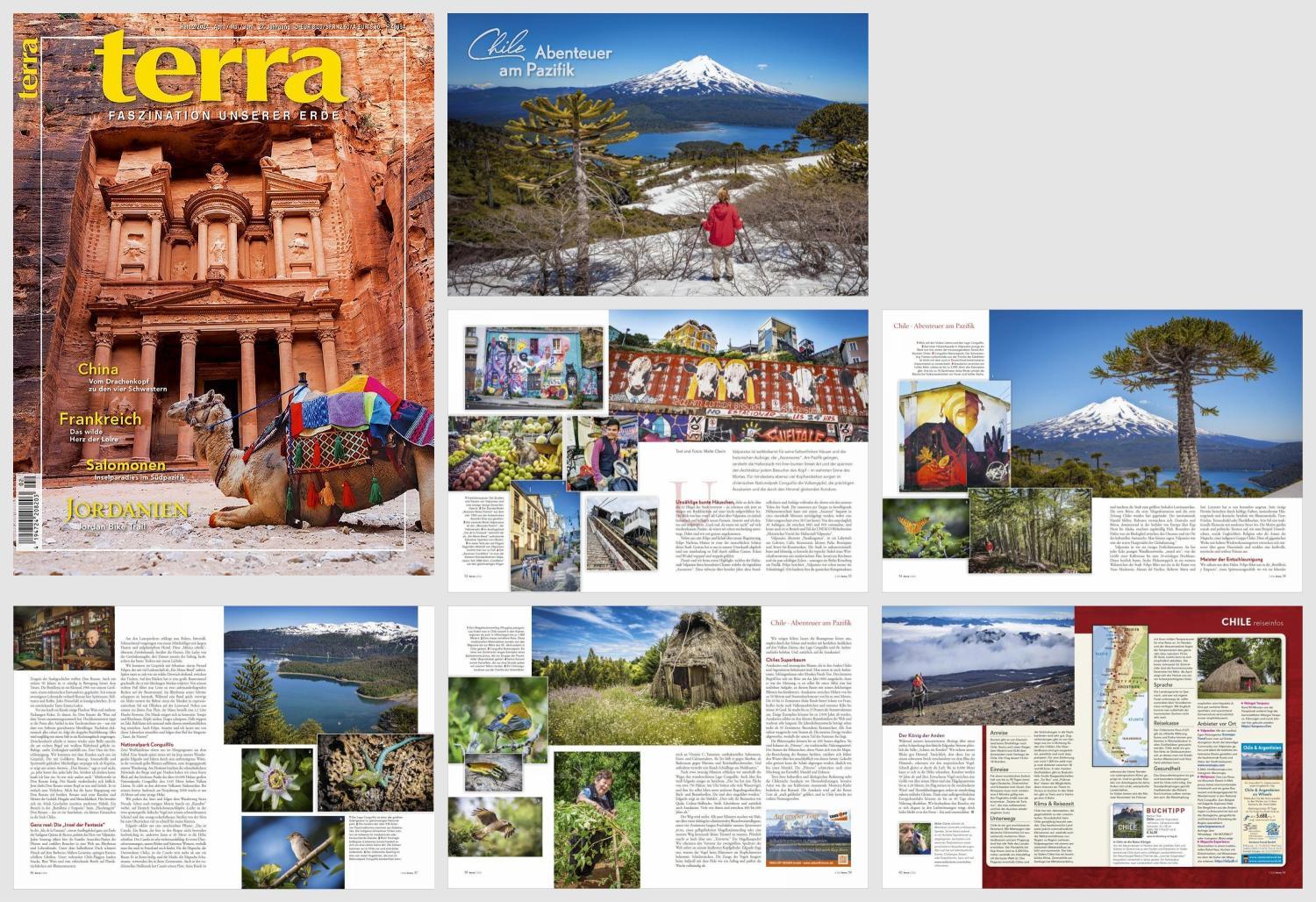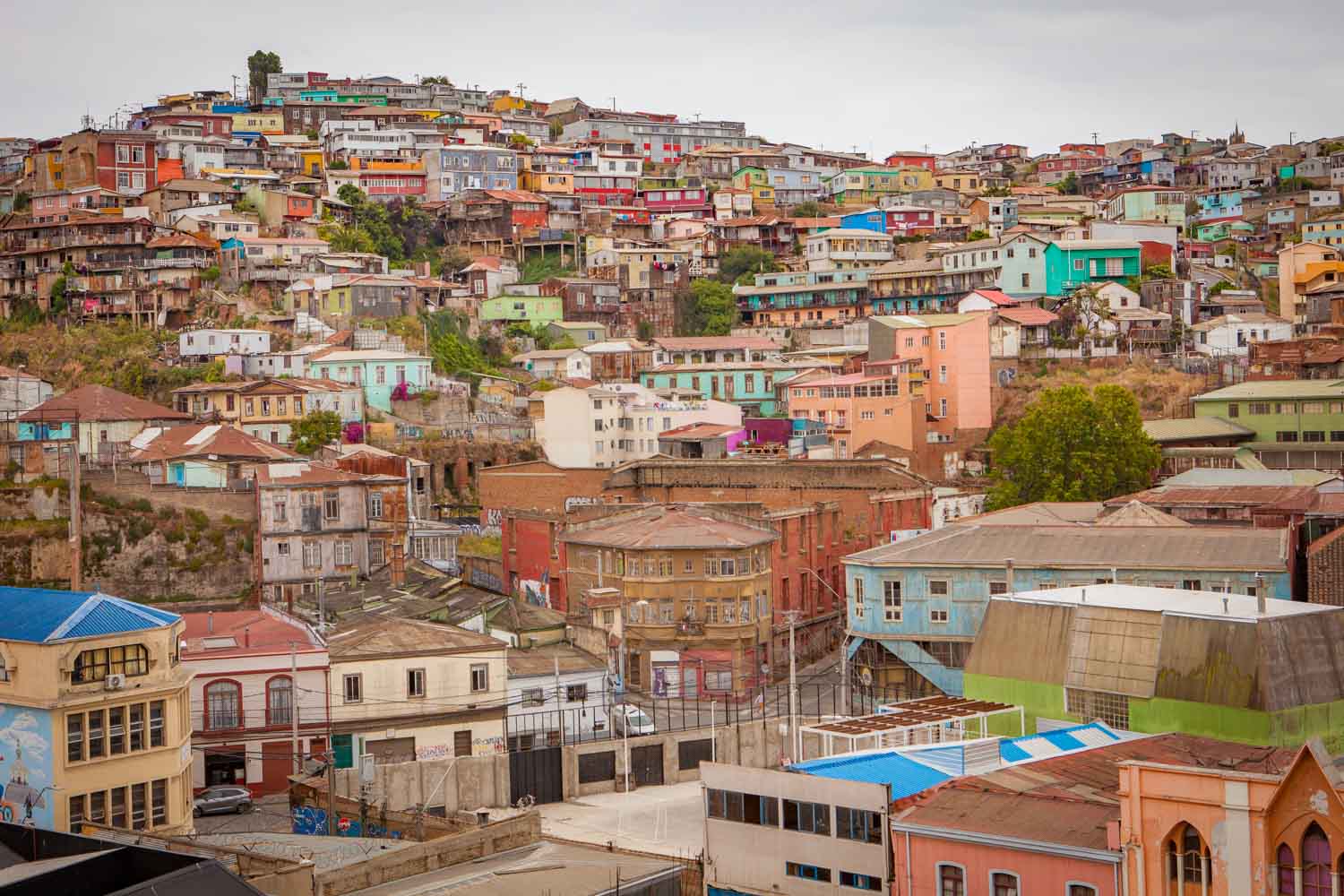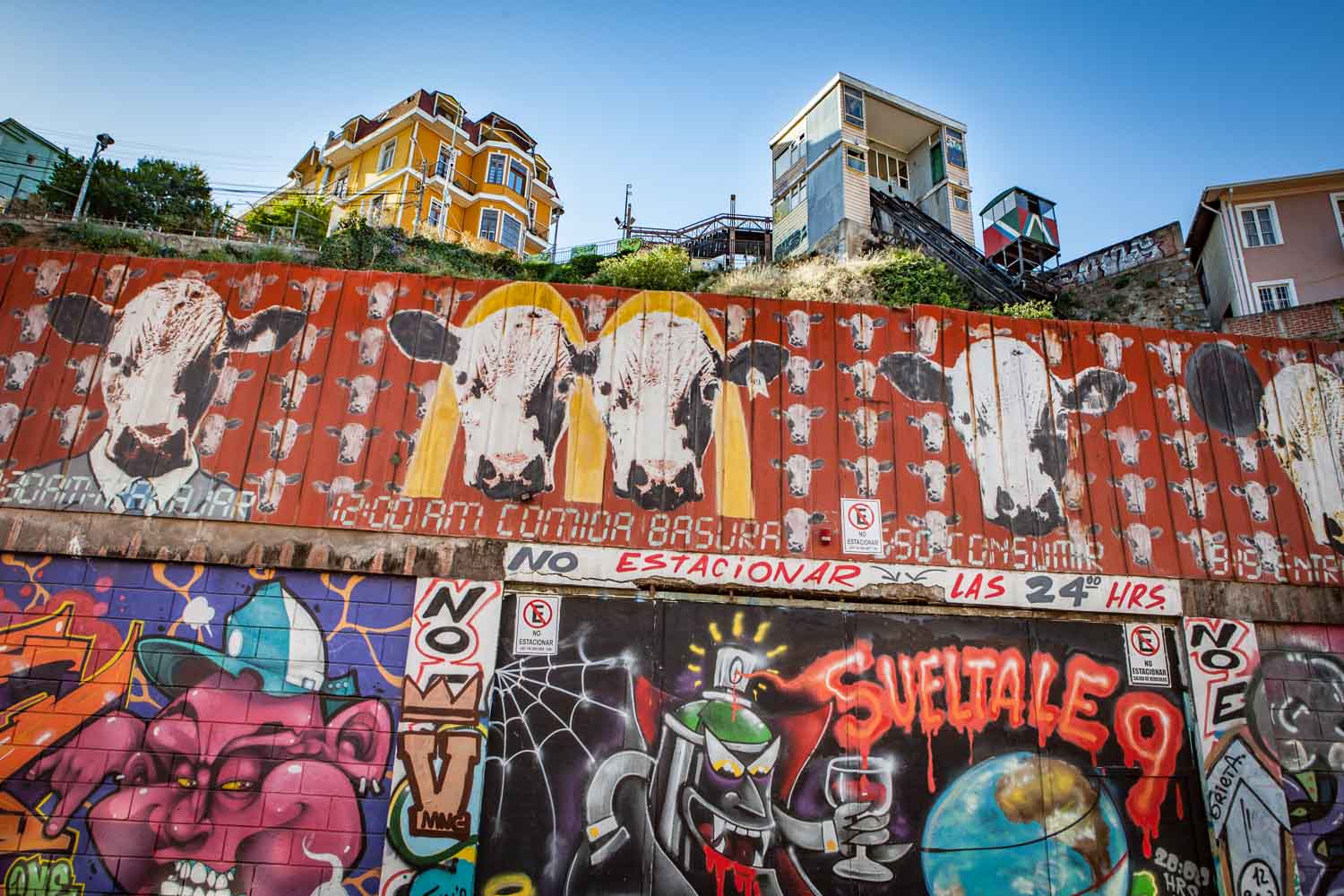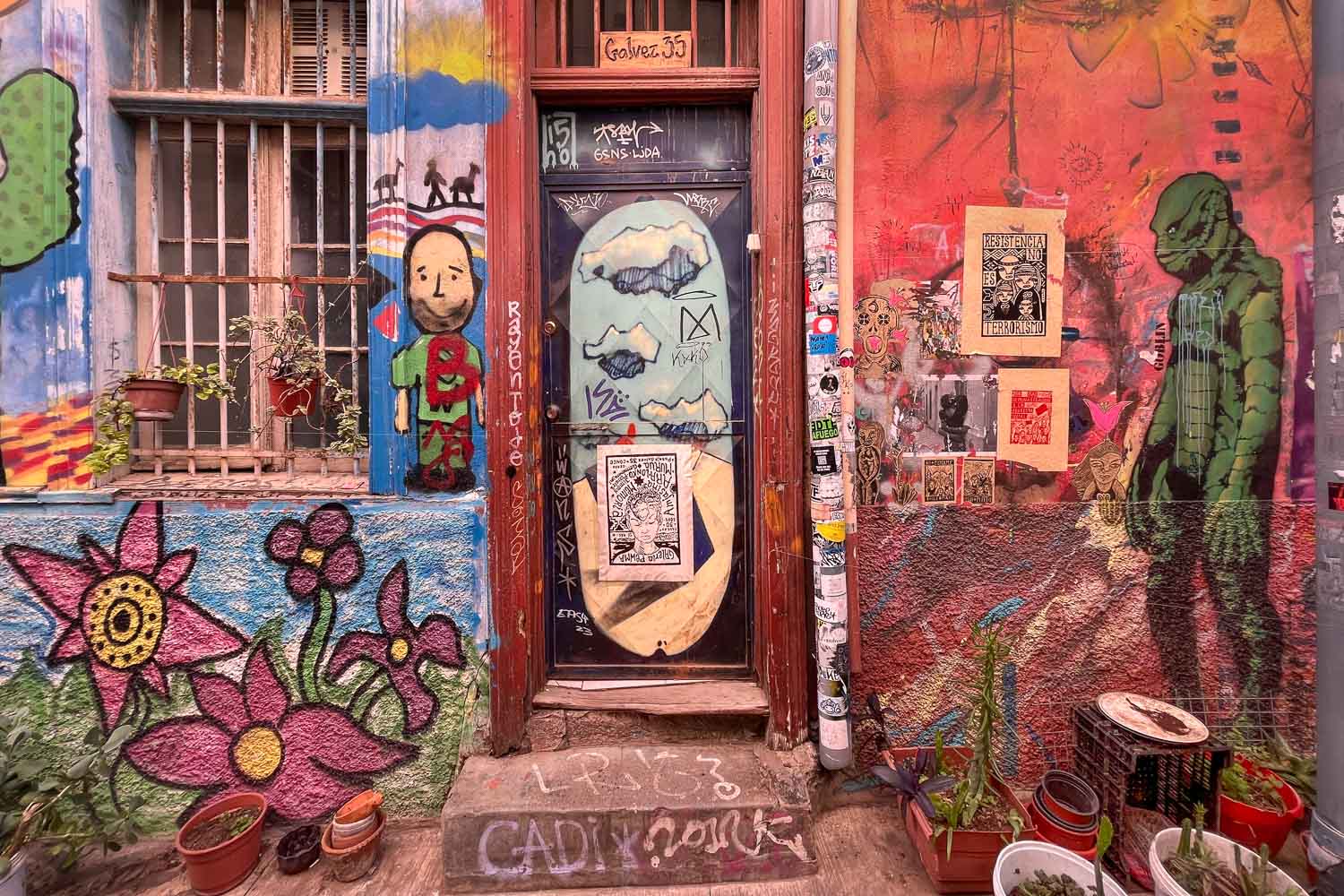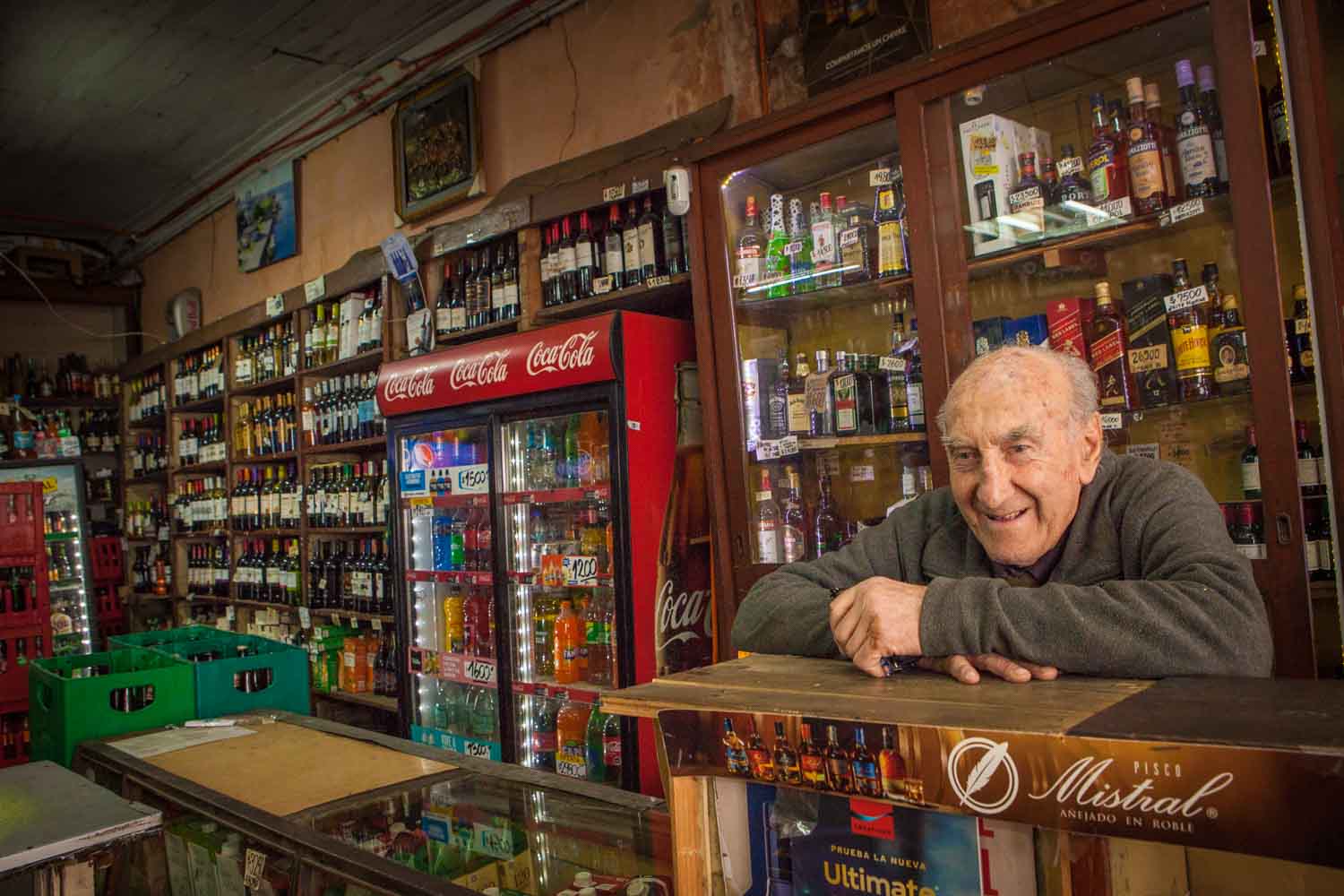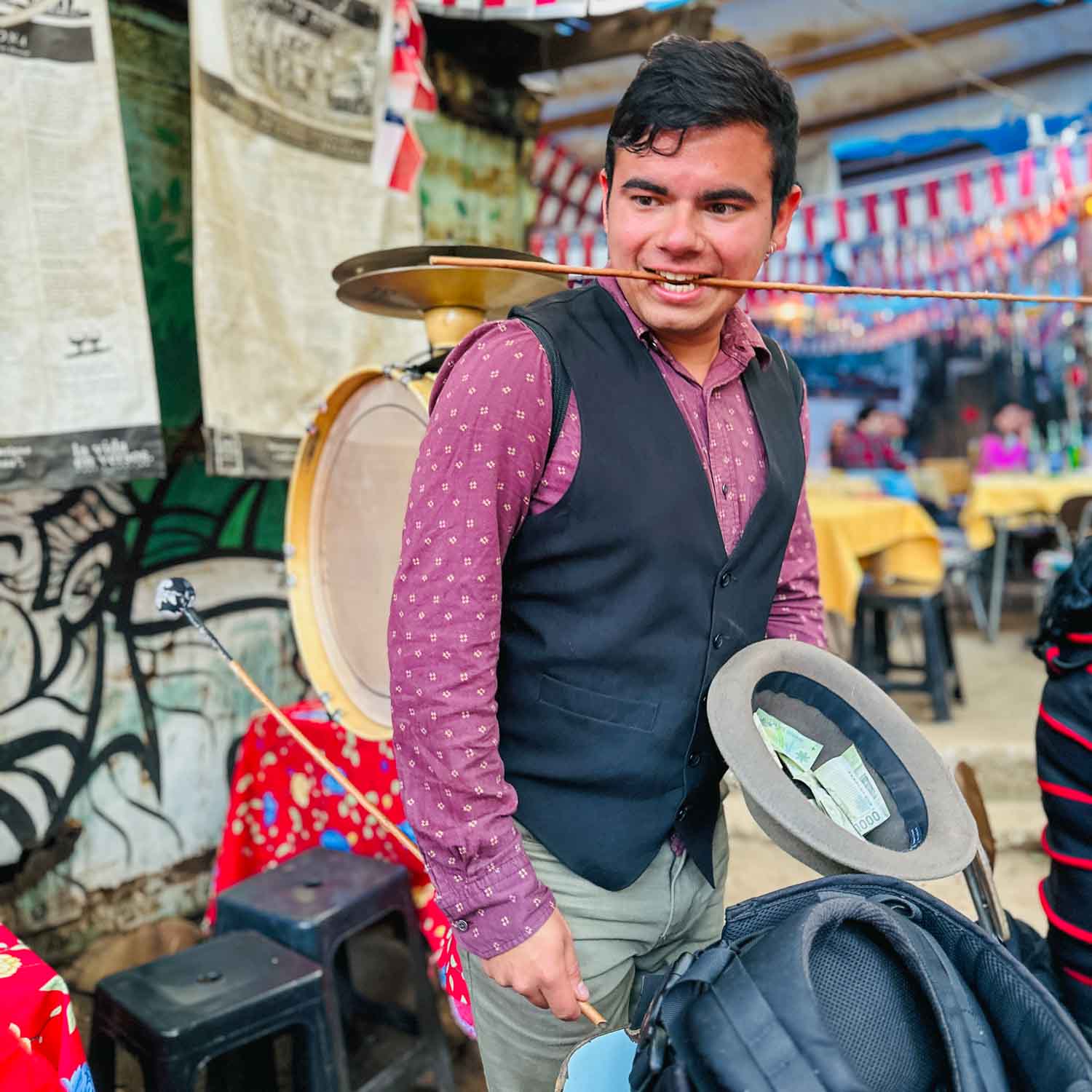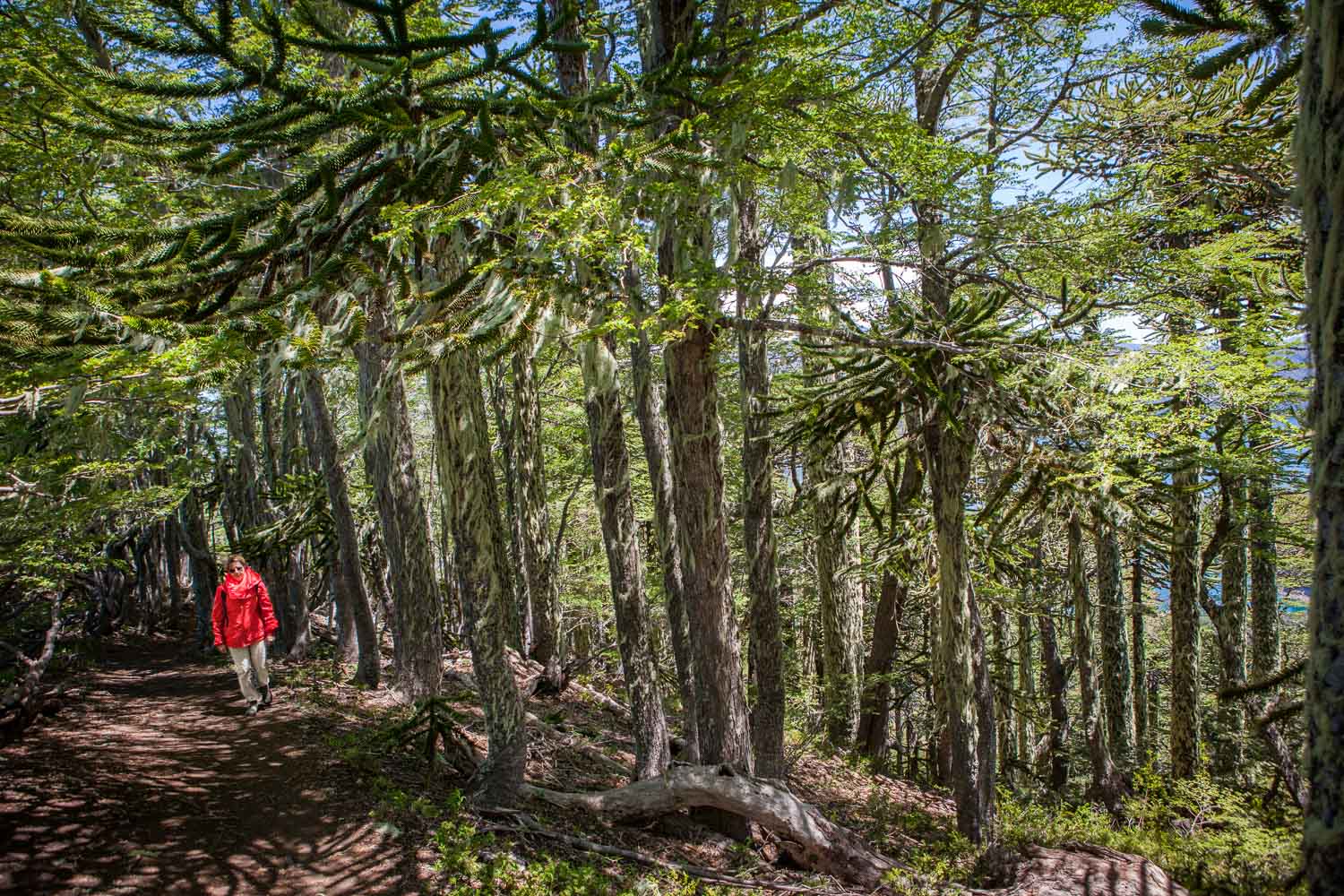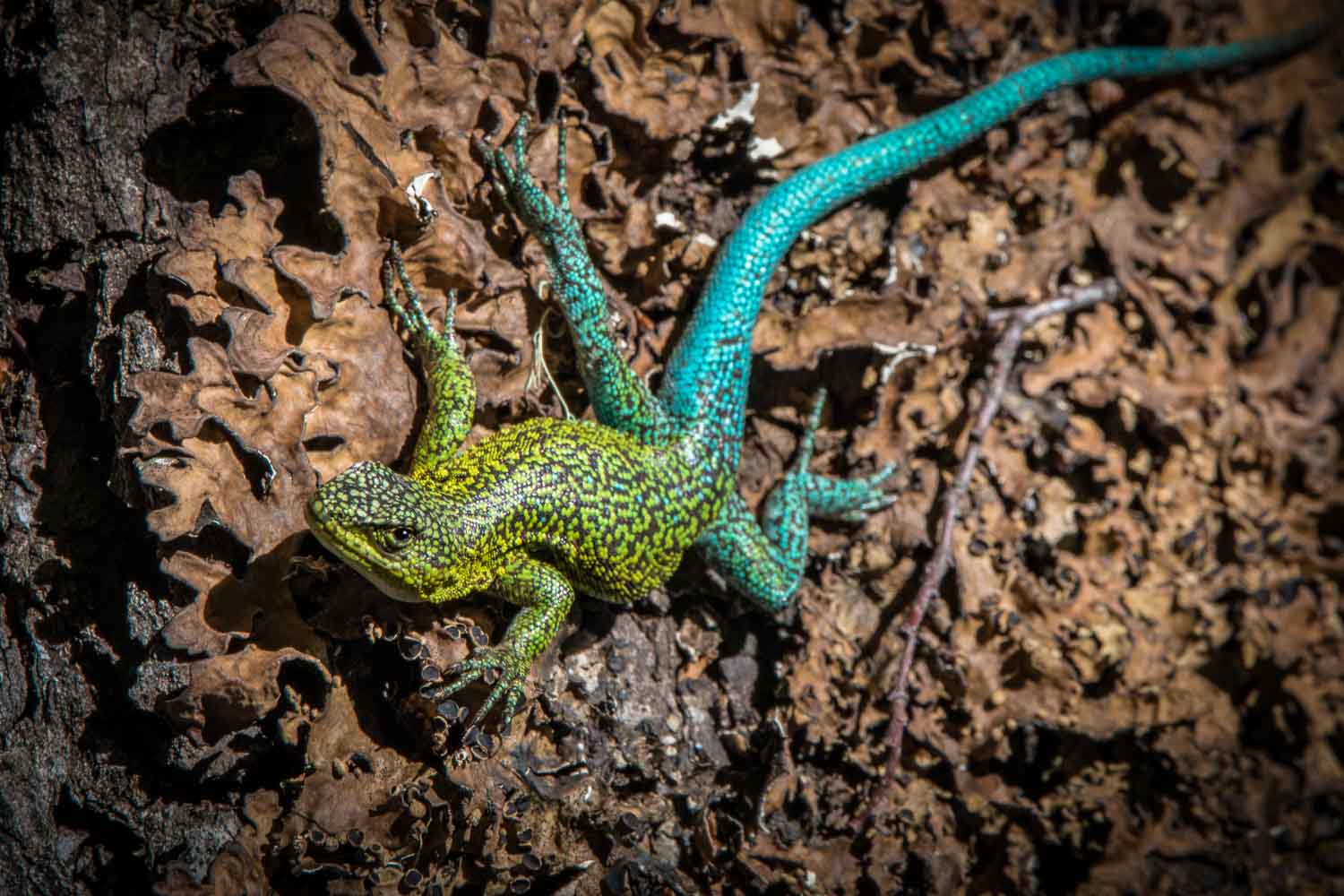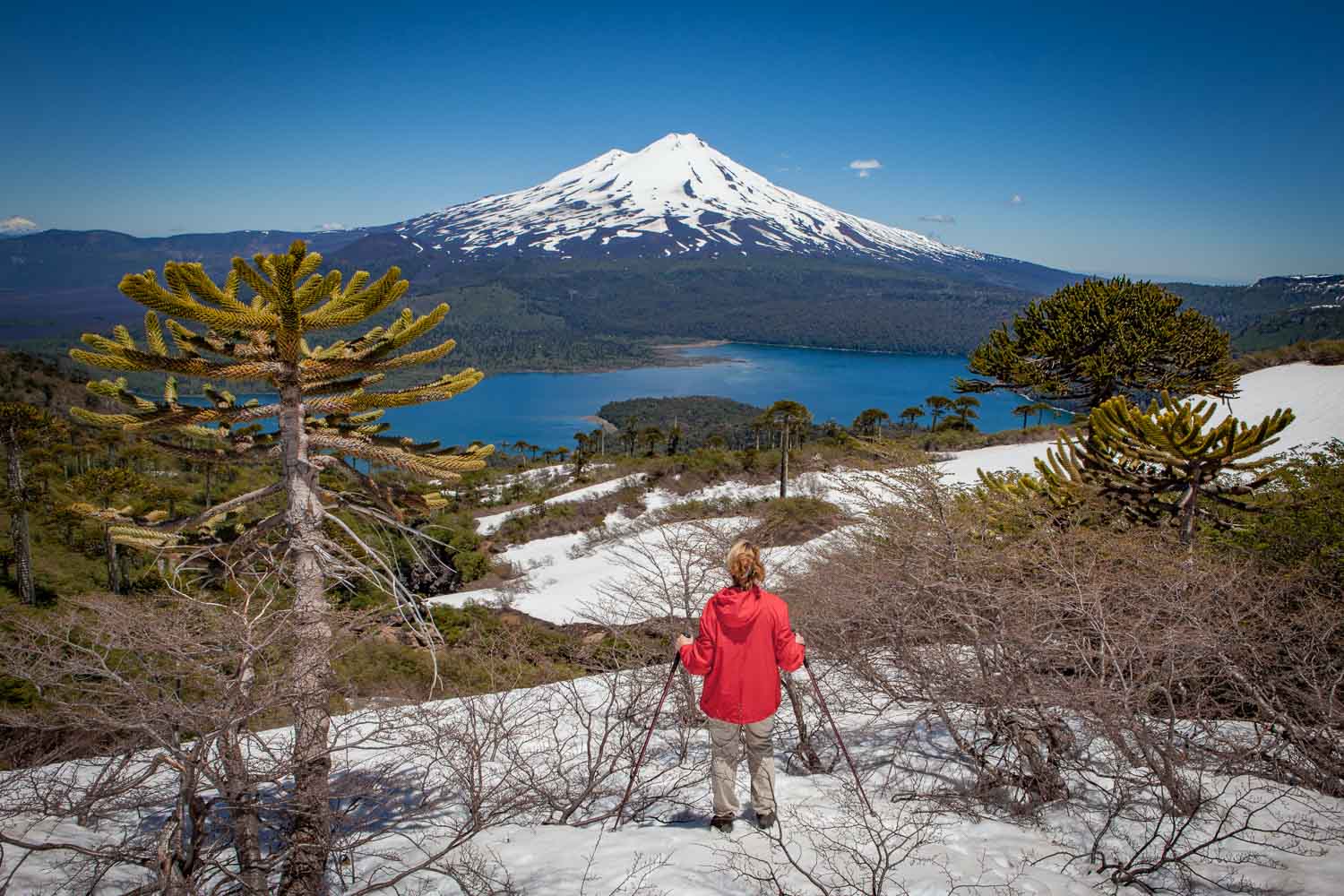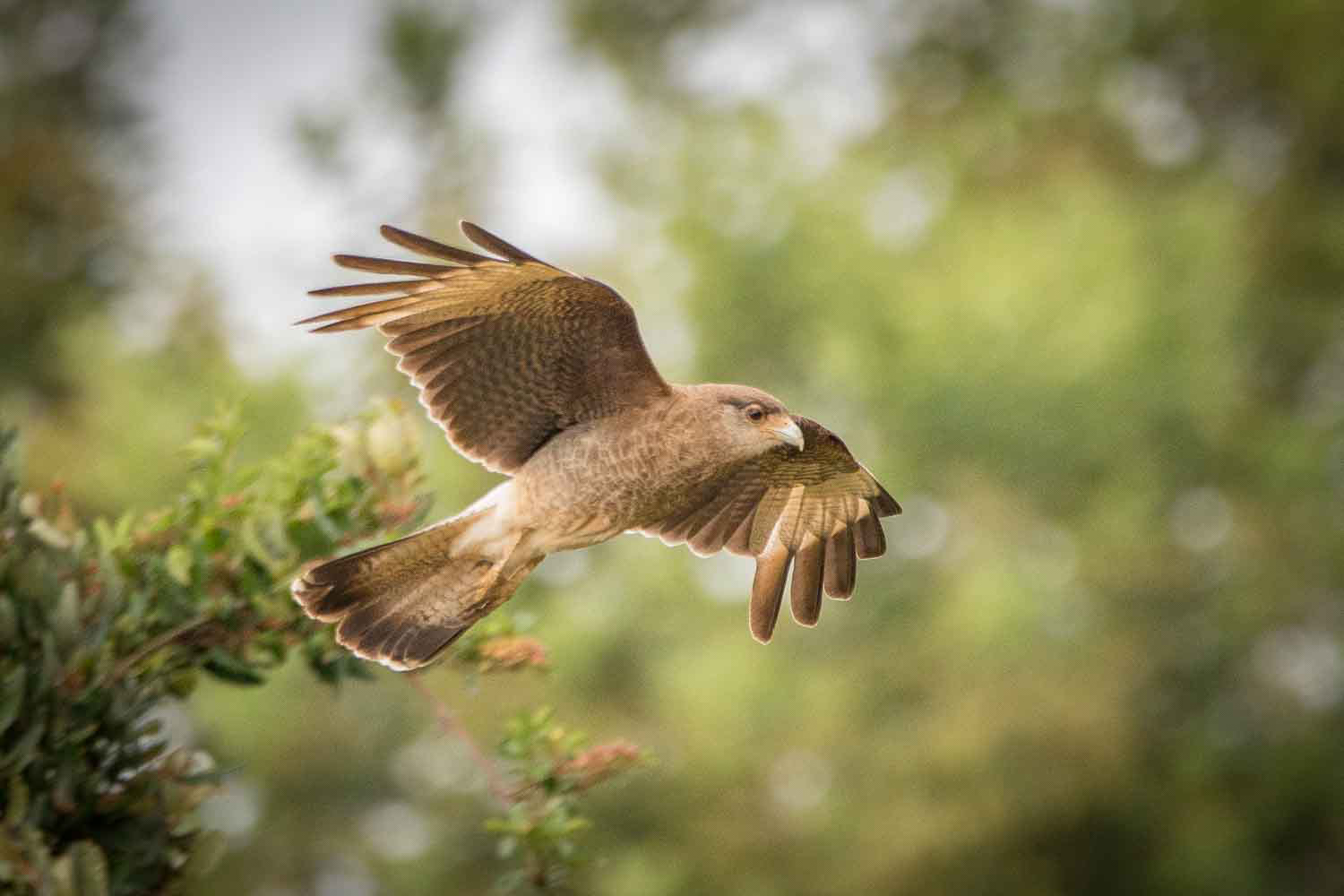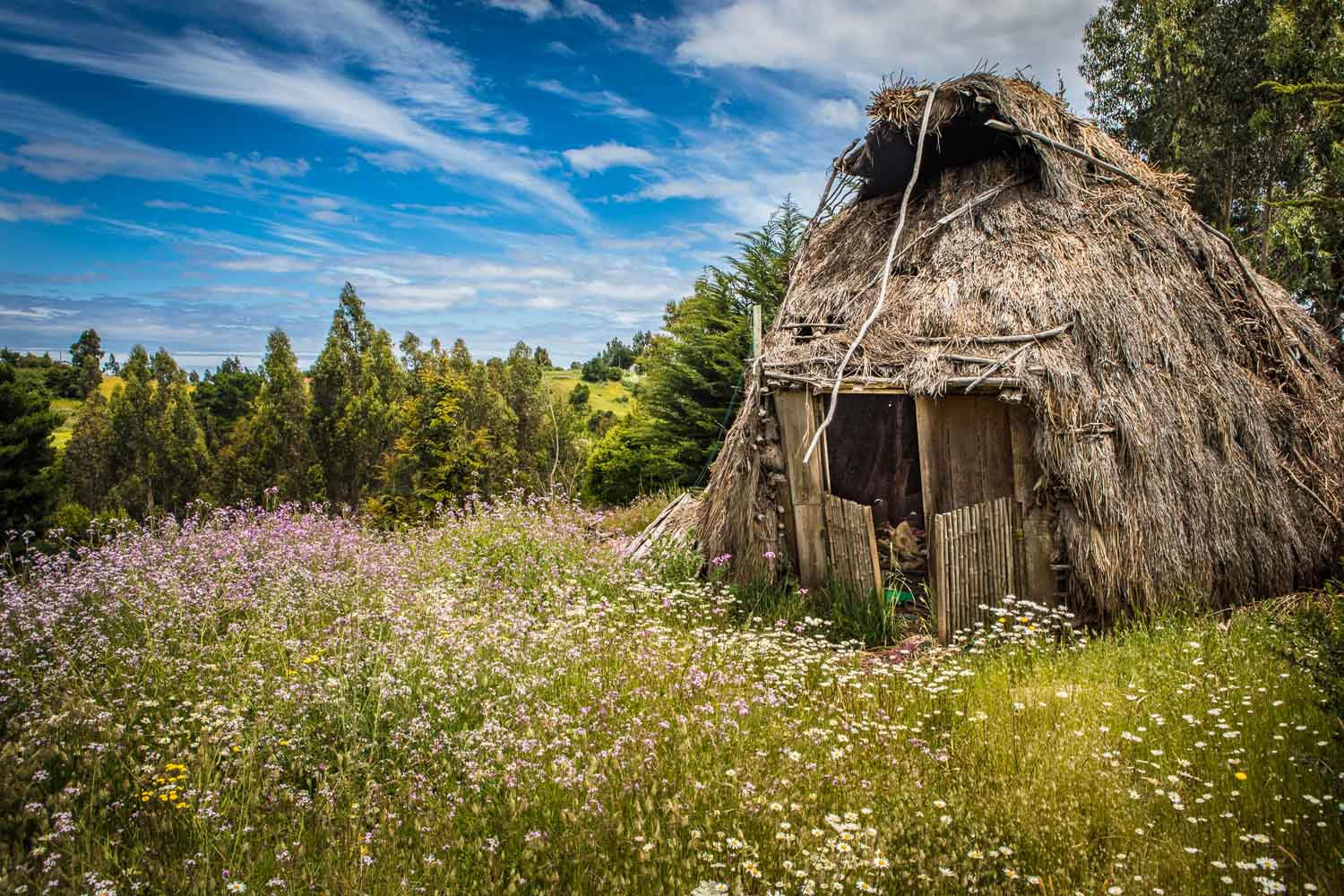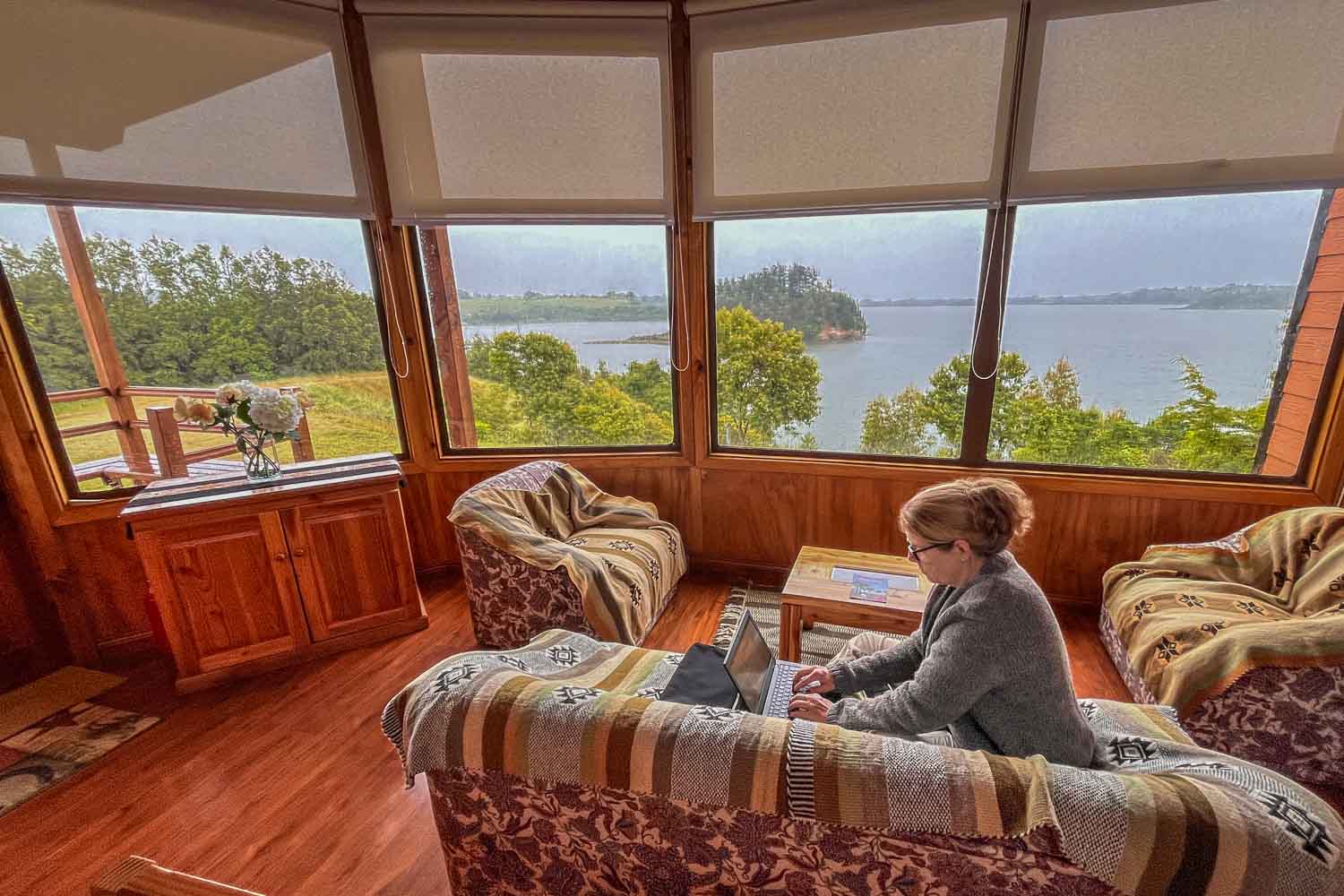Published in:

Germany’s biggest nature travel magazine
12 pages| text & photographs
Ode to Valparaiso
Countless colourful little houses scattered close together over the 42 hills of the city – they now seem to sway like building blocks on a slightly choppy sea. The view from here, from Café Galvez over Valparaiso, is simply fantastic and fires our imagination. Annette and I excitedly point to many recognisable spots with the words ‘Look, we were there too!’ Yet we only arrived yesterday.
Felipe sits next to us and smiles at our enthusiasm. Felipe Narbona Muñoz is one of the human treasures of this city. He picked us up yesterday at our accommodation and for hours led us on foot through countless alleyways, letting us climb up and down stairs and wander through corners, nooks and crannies.
Valparaiso translates as ‘paradise garden’.
This brings us to the first highlight that gives Valparaiso its special charm: the legendary ‘Ascensores’. These funiculars and cogwheel railways, some of which are over a hundred years old, connect the upper and lower parts of the city. The difference in height, which would otherwise be covered by stairs, can be comfortably covered in around one and a half minutes with an ‘ascensor’, with one journey costing the equivalent of around 30 cents. Of the original 30 lifts built between 1883 and 1931, seven have already been repaired.
Valparaiso, which translates as ‘paradise garden’, or Valpo, as the locals call it, is a labyrinth of galleries, cafés, restaurants, small parks, boutiques, street art and people with eccentric personalities and diverse lifestyles – a Berlin-Kreuzberg on the Pacific. Felipe reports: “Valparaiso has always been a melting pot. The Spanish conquistadors landed here in 1536 and developed the city into the largest seaport in Latin America. The first stock exchange, the first telegraph line and Chile’s first newspaper were founded here.
Countless colourful houses adorn the hills of Valparaiso and turn the city into a lively mosaic.
International trade flourished and cultures intermingled. Germans and British, dominant in seafaring from Europe via Cape Horn to Alaska, made regular stops. The harbour in particular was a link between the oceans and a place of cultural exchange. You could say that Valparaiso was one of the first capitals of globalisation.”
Valparaiso is a continuous open-air museum. Almost every corner is adorned with works of mural art, from the size of a coffee cup to a 20-storey tower block. This wonderfully colourful, bold patchwork is another of the city’s landmarks. Felipe introduces us to the art of Varas Mackenzie, Alianza del Pacifico, USV Kolor Distinto, Magenta Colectivo, Roberto Matta and Inti. We were particularly taken with the latter.
His motifs radiate a powerful, mystical and timeless presence.
Inti’s huge portraits captivate with their bold colours, monochrome backgrounds and iconic symbols such as bouquets of flowers, animals, fruit, skulls and plastic bottles. His style combines traditional elements with modern street art. The outstanding feature is a characteristically oversized head similar to that of a doll with beady eyes.
The motifs take up social and political themes, such as environmental protection, social inequality, religion or the poverty of the Mapuche, an indigenous group in Chile. These often gigantic, highly recognisable works sometimes cover entire walls of buildings and exude a powerful, mystical and timeless presence.
The “Ascensor Reina Victoria”, also known as the ‘funicular.
Felipe adds: “Street art has been around here since the 1920s. It really came to life in the 1970s, when artists painted many motifs on the walls at night to protest against Pinochet. American movies of the 1980s and 1990s saw a lot of spray-painting, which revitalised the scene. Even today, new artists, forms of expression and motifs are added every year. You can recognise the more modern ones by the fact that they leave their Instagram or TikTok name instead of a signature.“
“Juan Fernandez caught this fish this morning in the archipelago.”
Lunchtime! We eat with Paula and Lucero at ‘Tres Peces’. The menu lists only local seafood. All the fishermen are known personally; their portraits adorn the walls. In front of them is a Christmas tree with self-sewn fabric fish instead of baubles. First of all, a round of pisco sour. Wow! Another one in a minute. Felipe explains: “Pisco has a history that goes back to the 16th century. Back then, wine was subject to high taxes and restrictions. Clever colonists then distilled certain Chilean grapes into a stronger and cheaper spirit. Salud!”
Aroused by this, the following tastes even better: ‘Calugas de Pescado’, breaded, fried pieces of fish with garlic mayonnaise and coriander. Paula adds, pointing to the fish: “This was caught by Juan Fernandez from the archipelago this morning.” Juan also caught the ‘Merluza Austral’, a southern hake, which is now finding its way into our stomachs, accompanied by green leaf lettuce, carrots, cucumber and cherry tomatoes.
Art everywhere in the winding streets of Valparaiso’s old town, which can only be explored on foot.
Master of deceleration
We approach the harbour. Felipe takes us to the ‘Bottilleria y Emporio’, a liquor shop, where we meet a living testimony to the city’s history: Don Renato. Even at the proud age of 90, he is constantly on the move behind the counter. The bottilleria is a gem, founded in 1906 by his grandfather, an Italian immigrant. Renato has been selling spirits, confectionery and coffee here since he was 20 years old. Every price tag is handwritten. It’s a delightful corner shop. Until 2020, day in, day out, he was accompanied by his younger brother, who tragically fell victim to the pandemic.
“Don Renato: everyone knows him, everyone loves him.”
In front of us, a customer buys a few bottles of wine and several packets of biscuits. It takes Don Renato a while to collect the goods onto the counter. Highly concentrated, he types the prices of all the items into the calculator – using only his arthritis-ridden middle finger. Once everything has been recorded electronically, the double bookkeeping follows: everything is carefully entered into a notebook with a pen. In between, he repeatedly adjusts his glasses, which are patched with white tape on the right frame temple. A patient, loving timelessness spreads. An oasis of deceleration.
We strike up a conversation with the customer behind us. Wearing a gold chain, dressed in sports outfit and with baseball cap and sunglasses, the man in his mid-thirties turns out to be a captain and shows us his ID. “Don Renato,” he says, nodding, “yes, everyone knows him, everyone loves him. I’ve been buying here for as long as I can remember. Like a lot of people. “In the meantime, Don Renato has finished. The customer politely says goodbye.
Now Don Renato turns his head towards us and smiles. It’s easy to fall in love with him. I was deeply touched by my brief encounter with Don Renato. Renato and his customers are masters of patience, dedication and humanity. A piece of history is preserved here in the midst of the modern hustle and bustle. A visit to the ‘Bottilleria y Emporio’ with the ‘genie in the bottle’ Don Renato – that’s pausing for a moment, a little immersion in the soul of Chile.
Don Renato, 90 years old, has been running his corner shop, where he mainly sells alcoholic beverages, since 1953.
The traffic frog
At a busy traffic light, I spot a man with a pen and a fully written notebook. He runs back and forth between the waiting buses and taxis and shouts something to the drivers. “It’s a sapo de micro,” explains Felipe, “a kind of human GPS. It tells the bus drivers whether they are too early or too late. And he gives the taxi drivers tips on which routes of late buses that can be used to attract impatient passengers. In return, he receives small tips from the drivers.
“Felipe explains further: “Sapo translates as frog. In the Chilean vernacular, it means ‘sees a lot’ because of the animal’s large eyes. On the one hand, it is a term for someone who betrays the trust of others or reveals secrets. A ‘sapo’ can be a spy or an informant. On the other hand, it also refers to those who see more than others or tell funny stories.” As soon as GPS technology becomes established in public transport, this job will probably no longer exist.
Isla de la Fantasia: A world of rhythm and vitality.
Very real: The ‘island of fantasy’
The heart of Valparaiso beats in the ‘Isla de la Fantasia’, an excursion restaurant at the very end of the Quinta de Recreo cul-de-sac near a waterfall. Every Sunday, the Arancibia-Nuñez family opens its doors here and whisks visitors away into a world of rhythm and joie de vivre. Under the half-open roof, meat roasts on the barbeque, geraniums bloom, cats jump and dragonflies shimmer. Under waving Chilean flags, snacks, beer, wine and a refreshing punch are served on plastic tablecloths with floral patterns.
Drummer and one-man band Sebastian collects donations from guests at the excursion restaurant ‘Isla de la Fantasia’.
Bolero, bittersweet, can now be heard from the loudspeakers. Performed languorously by a man in his mid-thirties with long hair, unbuttoned shirt and luxuriant chest hair. This ‘Música cebolla’, which translates as onion music, touches the heart. The keepers of the drinks counter, three ladies in their seventies, watch the colourful goings-on with a smile.
We strike up a conversation with Sebastian, a friend of Felipe’s and a passionate ‘one-man band’. Later, he dances between the tables, spinning like a wild dervish, with a large bass drum strapped to his back, which he beats with overlong sticks. A leash leads from his right foot to two cymbals lying on top of each other on his bass drum.
Heads nod, fingers tap, feet clack
They clatter loudly to the rhythm of his steps. Another acquaintance sells oversized printed sheets with decimas, poetic ten-liners that once served as a news medium. While a band plays, a painter immortalises one of the musicians in expressionist style with oil paints on the canvas next to the stage. An elderly couple sits next to us, the man orders a 1.2 litre bottle of red wine.
The music increases in intensity, tempo and rhythm. Heads nod, fingers tap, feet clack. Soon nobody can escape the irresistible pull. Felipe, Annette and I are also gripped by an archaic urge to move. We let ourselves be carried away by this lust for life and follow the singer’s call: “Dance, you fools!“
Araucaria trees reach a great age, with some trees living to be 2,000 years old. Their bark, which is up to 14 centimetres thick, accounts for up to 25 % of the trunk volume and protects against fire and hot ash during volcanic eruptions.
Conguillio National Park
Two white-necked ibises trumpet us out of our sleep at dawn. An hour later, we sit in the jeep of our hiking guide Edgardo and head to the starting point of our hike through an anthracite grey desert with the occasional flash of yellow flowers. Snow-covered mountain walls on the horizon and a clear view to the north of the highest point of the 60,000 hectare Conguillio National Park: the 3,245 metre high Llaima volcano. It is one of the most active volcanoes in South America. During its last eruption on New Year’s Day 2008, it grew by 20 metres to its current height.
We park the car and follow the Sierra Nevada hiking trail. After just a few metres, a ‘rayadito’ scurries past, a pretty sparrow-sized spiny-tailed wren with a black-brown crown and an orange-ochre stripe from its forehead to its upper back. Unfortunately much too fast for my camera.
“It defies floods, acidic soils and the harshest winters.”
Edgardo explains an inconspicuous plant: “That’s Canelo. It’s a tree that doesn’t grow particularly tall here in the mountains, but elsewhere it can shoot up to 20 metres. The tree is impressively resilient: it can withstand floods, acidic soils and the harshest winters, which is why it can still be found in Tierra del Fuego. For the Mapuche, the indigenous people of Chile, the canelo is much more than just a tree. It is sacred to them, which is why the Machi, the Mapuche shamans, use it in ceremonies.
Canelo also has a place in traditional medicine. Its bark is rich in vitamin C, tannins, antibacterial substances, iron and calcium salts. As a tea it helps against scurvy, as a bath additive against rheumatism and circulatory problems. And its smoke also drives pests out of wooden buildings.“
A jewel lizard (Liolaemus tenuis). These animals are only found in Chile and are therefore endemic.
After about twenty minutes, we catch sight of the beautiful Lago Conguillio below the path. Edgardo also has a lot to tell us about it: “This lake covers an area of around 750 hectares. Large numbers of water birds breed on the shore. Rainbow trout and brown trout can be found in the lake itself. But they have been introduced. “Edgardo points to the southern shore of the lake: “There you can see tree species such as quila, coihue southern beech, stiff mockberry and, of course, the araucaria. Many of them are between 400 and 600 years old.”
Suddenly, far above us, it goes: „Trrrrrrrrrr.“
The path becomes steeper. We stop every few minutes to marvel at a shimmering turquoise-green blue-tailed iguana, a four-centimetre-long Epistomentis pictus, a magnificent beetle, a Magellanic moth or a small tarantula crossing our path. Suddenly, far above us, it goes: “Trrrrrrrrrrrr. “A Magellanic woodpecker! We immediately recognise the representative of the second largest woodpecker species in the world by its bright red head plumage. Edgardo asks us why the bird never gets a headache when hammering. Shoulders shrug. The bird’s tongue acts like an airbag when it hits the wood and completely buffers the impact.
We climb higher, leave the tree line behind, trudge through the snow and are rewarded with marvellous views of the Llaima volcano, Lake Conguillo and the foothills of the Andes. And, of course, the araucarias!
The Araucania region is named after the Araucaria trees, which are prominent features of southern Chile.
Chile’s super tree
Araucarias are evergreen trees, native to the Andes of Chile and Argentina. They are also known as Andean fir, snake tree or monkey puzzle tree.
The latter term was coined by a British man around 1800, who said that even a monkey would find it an almost impossible task to climb the tree with its dagger-like leaves. Araucarias reach heights of up to 50 metres and trunk diameters of up to 2 metres. The 10 to 14 centimetre thick bark offers protection from fire, hot ash after volcanic eruptions and extreme cold down to minus 30 degrees. It accounts for up to 25 % of the trunk volume.
Some specimens can live up to 2,000 years. The trees are among the oldest tree families in the world and grow very slowly: their annual height growth is rarely more than 30 centimetres. Special characteristic: all branches stand out horizontally from the trunk, lower branches are shed, leaving the lower part of the trunk exposed.
They taste like a mixture of potato, almond and peanut.
The flower cones can release up to 200 seeds. They are known as piñones, a traditional food. The Pehuenchen tribe, whose name is derived from the Mapuche name of the tree, used to feed almost exclusively on these seeds during the winters in the mountains. The shell can be peeled off when boiled or roasted, similar to an almond. They taste like a mixture of potato, almond and peanut.
A Chimango caracara from the vulture falcon family.
Despite its cultural and ecological importance, the Chilean araucaria faces challenges.Invasive species such as the Californian Monterey pine are threatening the population. The araucaria is listed as ‘critically endangered’ on the Red List and there is a strict ban on its utilisation in Chile.
It can soar up to 8,000 metres
Master of the currents
During our concentrated descent down a steep snow slope, Edgardo’s voice suddenly breaks the silence: “Look, a condor!” We turn our eyes to the sky. Sure enough, up there, almost fused into a black line against the blue sky, we recognise the majestic bird. It glides speedily through the air. It can soar up to 8,000 metres.
Adult birds reach a size of over one metre and a wingspan of up to 3.20 metres. In flight, they utilise air currents, allowing them to glide almost effortlessly. Thanks to an extraordinary energy budget, they can survive up to 40 days without food. We watch the condor as it sways elegantly in the wind currents, but unfortunately it remains in the distance, free and unreachable.
A somewhat dilapidated, traditional dwelling called Ruka.
The cosmology of the Mapuche
Pablo Calfuqueo Lefio, an expert on Mapuche culture, lives on a farm in the neighbourhood of our accommodation. He invites us to find out more about the Mapuche and their view of the world. The Mapuche’s comprehensive cosmology interprets the universe in a very unique way and is an essential facet of their spiritual heritage. It reflects a deep connection with nature.
At its heart are three worlds. The underworld ‘Miñche Mapu’, a mysterious, unknown world beneath the earth; the middle world ‘Nag Mapu’, where humans, ancestors, spirits, nature and all living things coexist; and the upper world ‘Wenu Mapu’, the sphere of stars, sun, moon, wind and thunder.
Shamans still act as mediators between the worlds.
At its heart are three worlds. The underworld ‘Miñche Mapu’, a mysterious, unknown world beneath the earth; the middle world ‘Nag Mapu’, where humans, ancestors, spirits, nature and all living things coexist; and the upper world ‘Wenu Mapu’, the sphere of stars, sun, moon, wind and thunder.
The ‘Machi’, shamans, play a central role in this world view. They still act as mediators between the worlds, communicate with ancestors and beings of the upper world and lead the community through spiritual rituals and ceremonies.
Other elements of cosmology include a language of their own, the ‘Raking Txipantu’ calendar with 13 months of 28 days each, and a rich canon of myths. These include the Mapuche myth of origins: the story of the snakes Tren Tren and Kai Kai, which represents the eternal struggle between land and water: Kai Kai, ruler of the waters, once unleashed a huge flood out of pure rage, which threatened to engulf the land. Tren Tren, the guardian of the earth, then caused hills to grow into dizzying mountains to which people fled. However, some stayed behind, they were swallowed up by the floods and now live as fish or other sea creatures.
Total peace and quiet, pure relaxation: Annette in a hut on Budi Lake.
For fear of being burnt by from the sun due to the ever-increasing altitude, the people initiated a so-called ‘nguillatún’ ceremony. This succeeded in restoring harmony between land and sea and consequently calmed the tide. Those who remained on the mountains henceforth called themselves Mapuche, which translates as ‘people of the earth’.
In a world that is increasingly characterised by alienation, uncertainty and complexity, the Mapuche cosmovision offers a refreshing closeness to life and spiritual depth. It provides support and protection, strengthens identity and a sense of belonging and a deep connection with nature.
Read now:
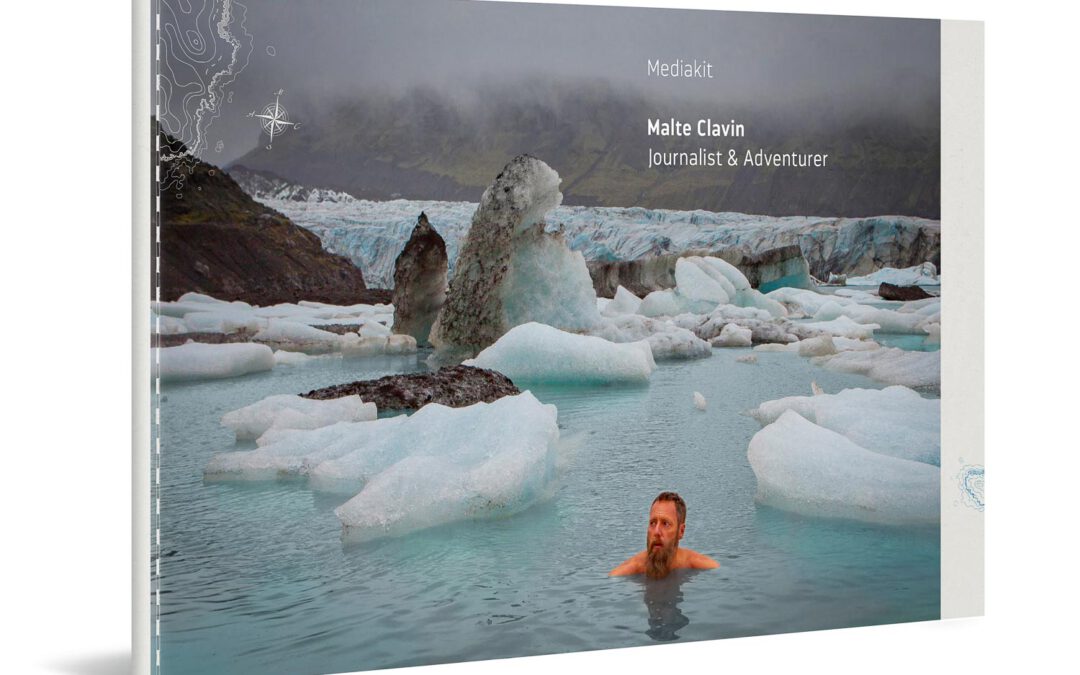
Pure inspiration
My new media kit 2024
< 1 Min. In this brand new 28-page media kit, I show you my work as an adventure journalist and speaker: Expeditions, travels, challenges – everything that excites me. Let yourself be inspired.
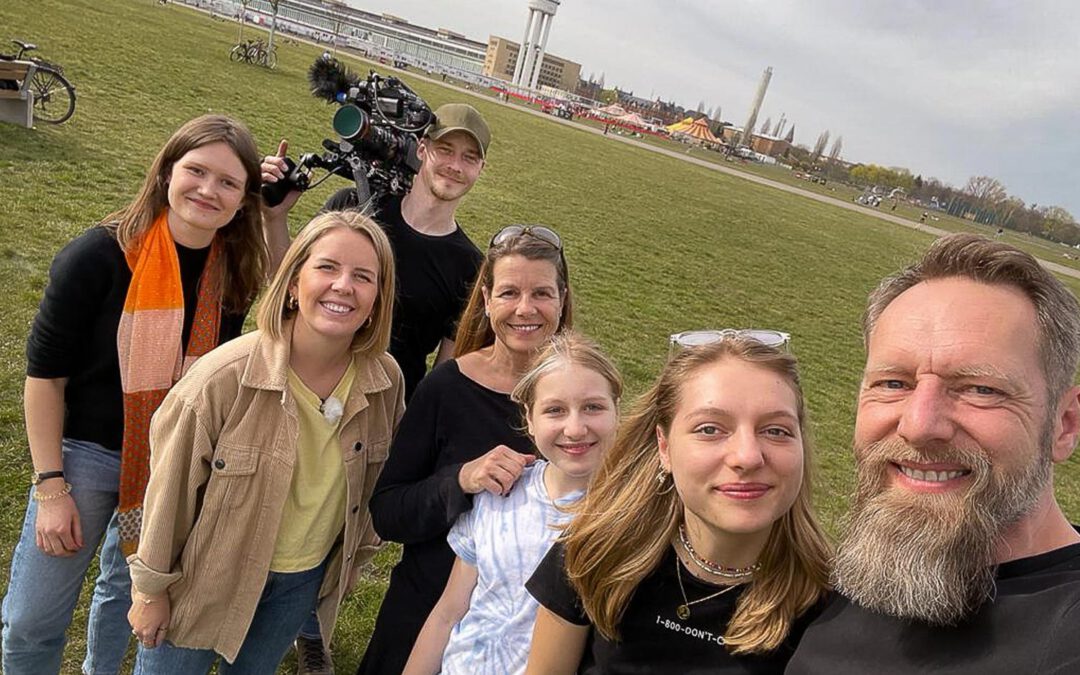
Filming in Berlin
My family on TV
2 Min. Yesterday a TV crew from WDR interviewed my family about our world travels – and what we learned from them. The feature will be broadcast in the series ‘Familie ist …?’ on 9 June 2022 at 10:15 p.m. on WDR and is already available in the ARD media library and on YouTube.
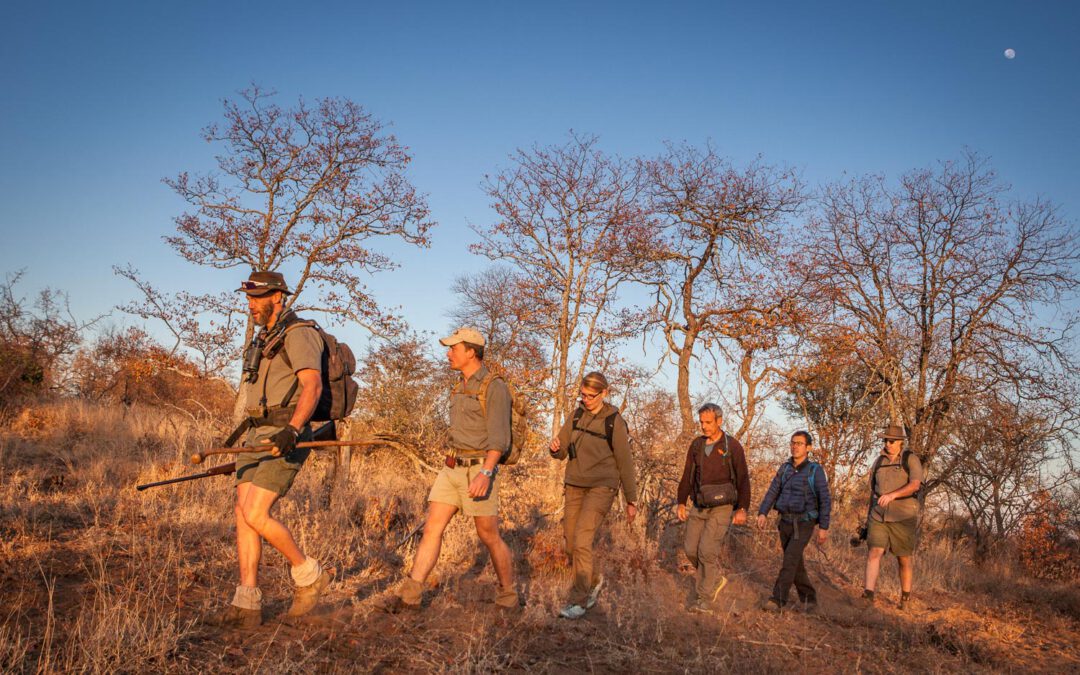
Ranger Training in South Africa
Something is up in the bush
16 Min. Exploring the wilderness on foot in the midst of lions, elephants and buffalo? You can learn to do that. In summer 2019, I will join a field guide course in South Africa.

